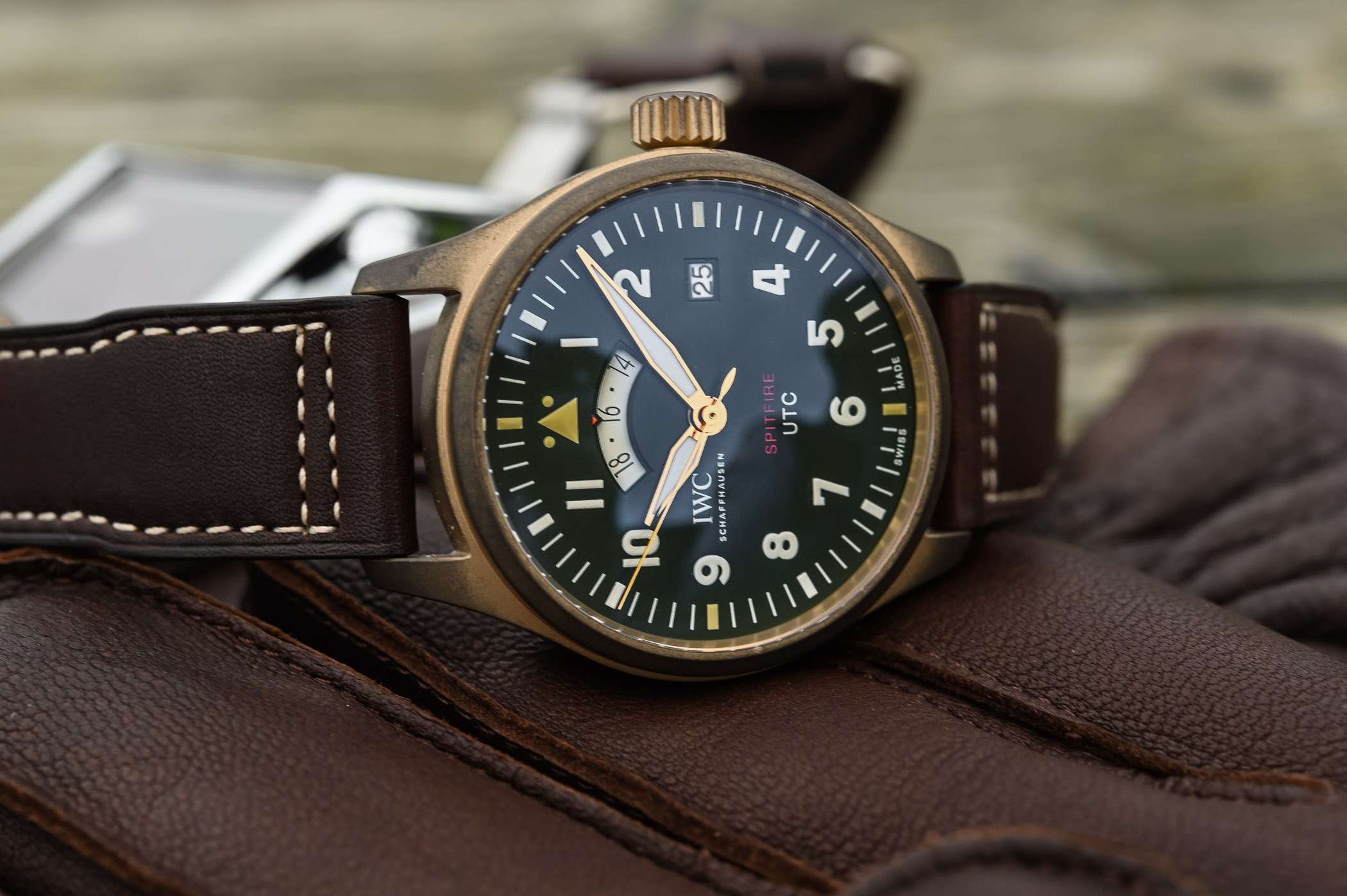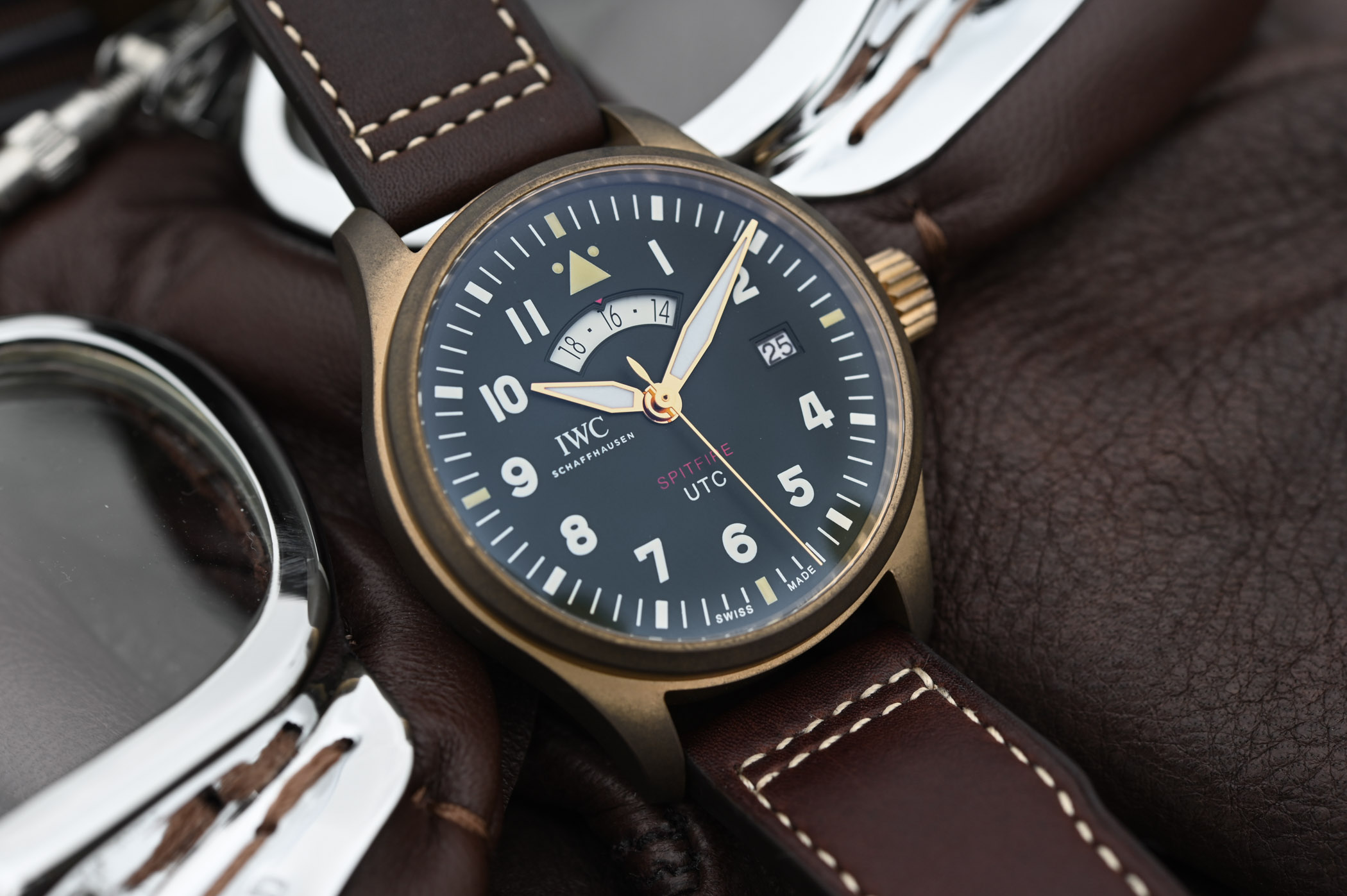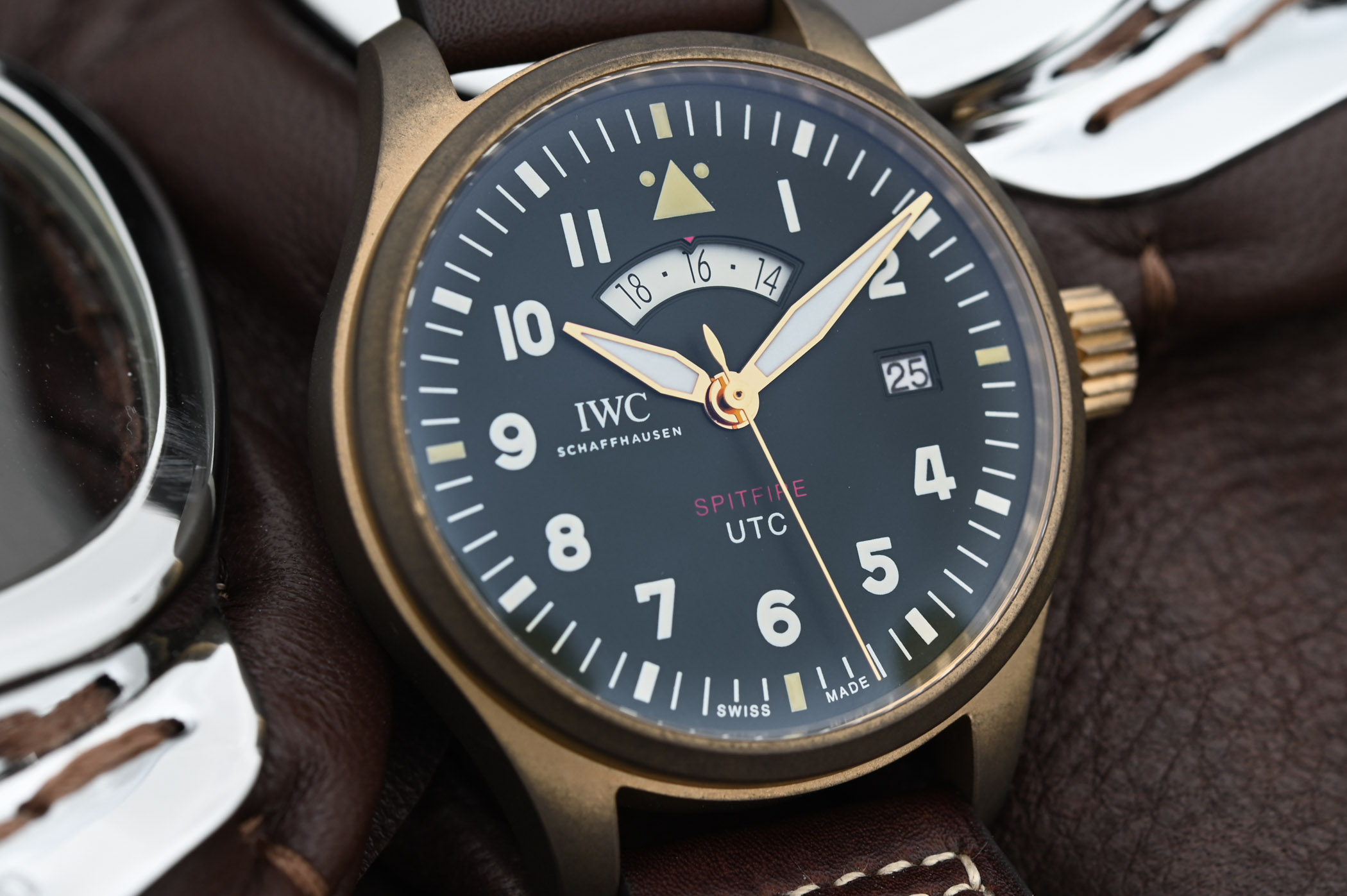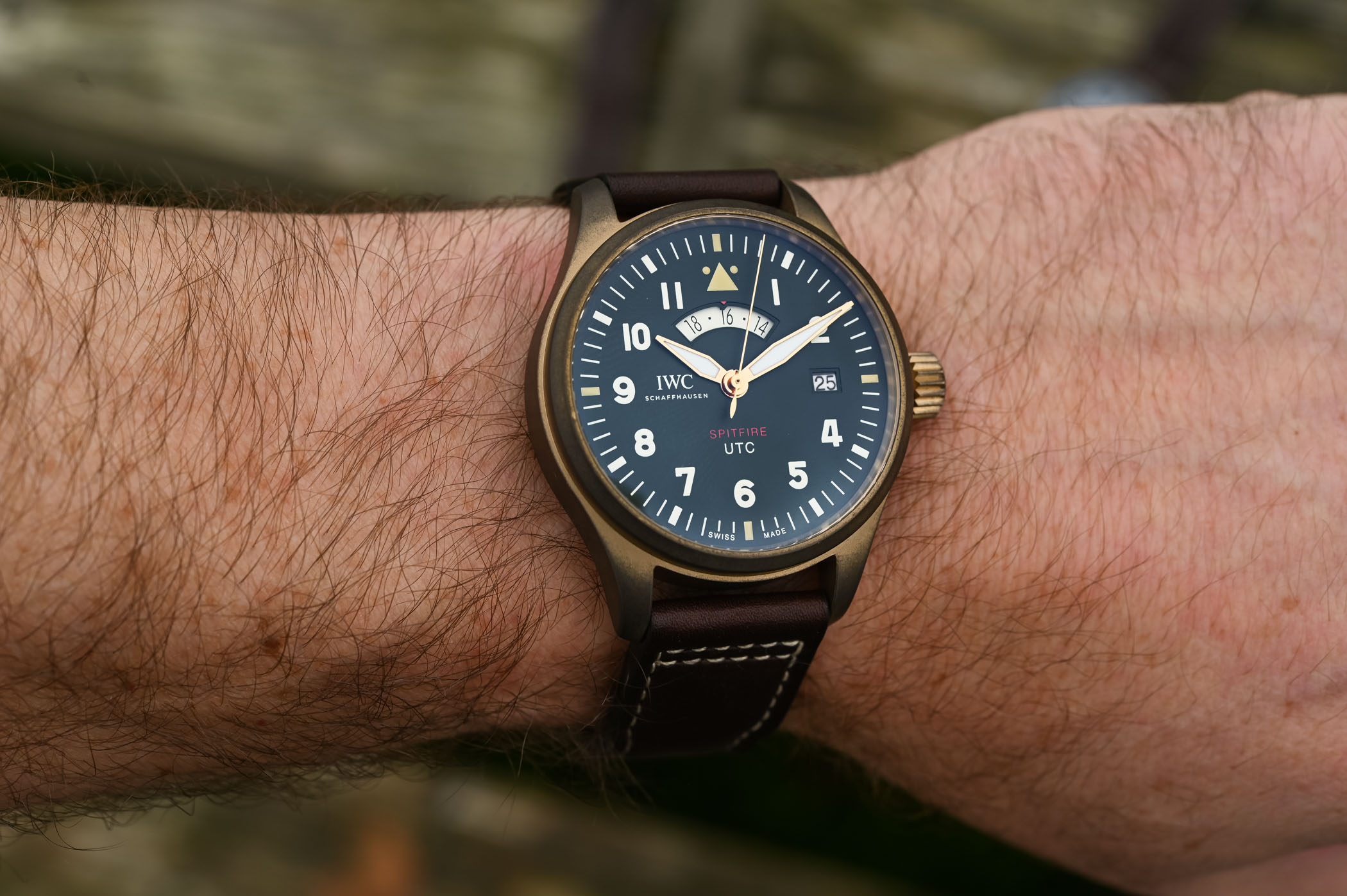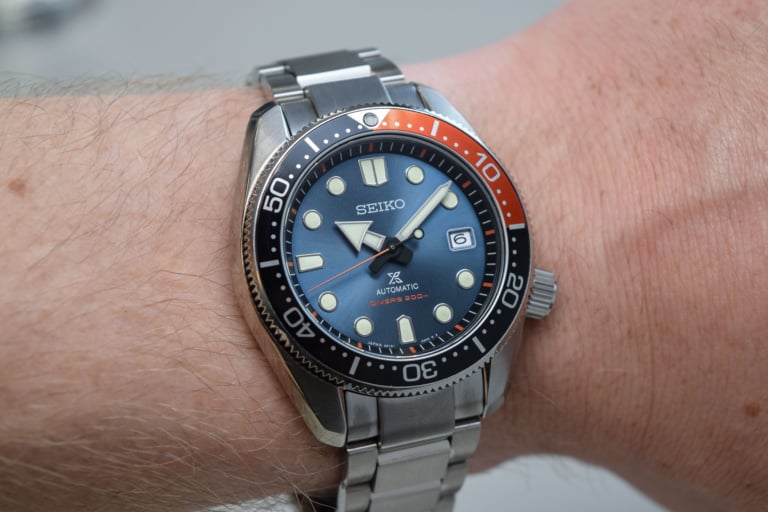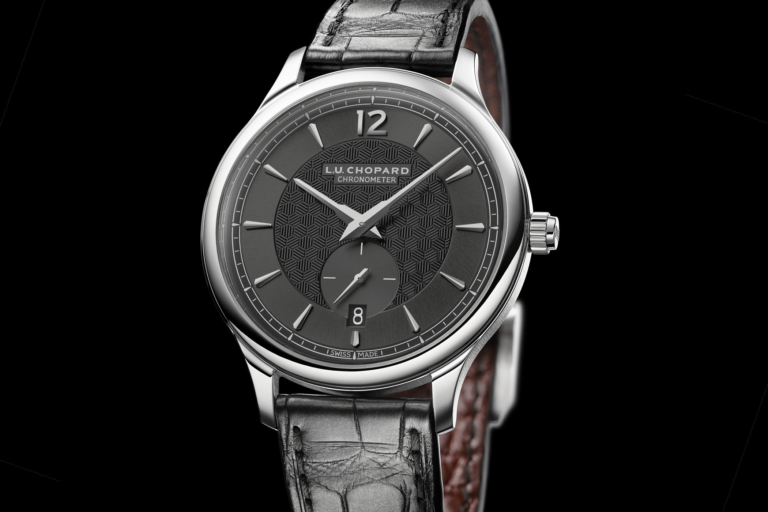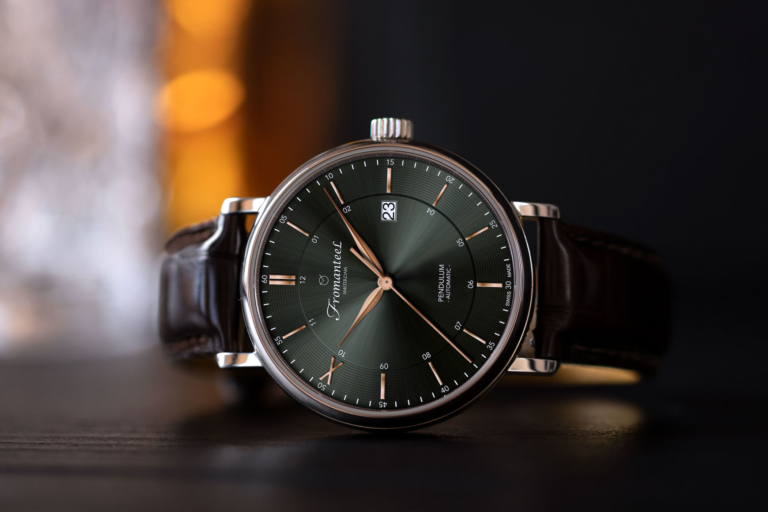IWC Pilot’s Watch UTC Spitfire Edition “MJ271” – the Comeback of the UTC Display
IWC brings back its signature dual-time display in a bronze watch with a new in-house base movement.
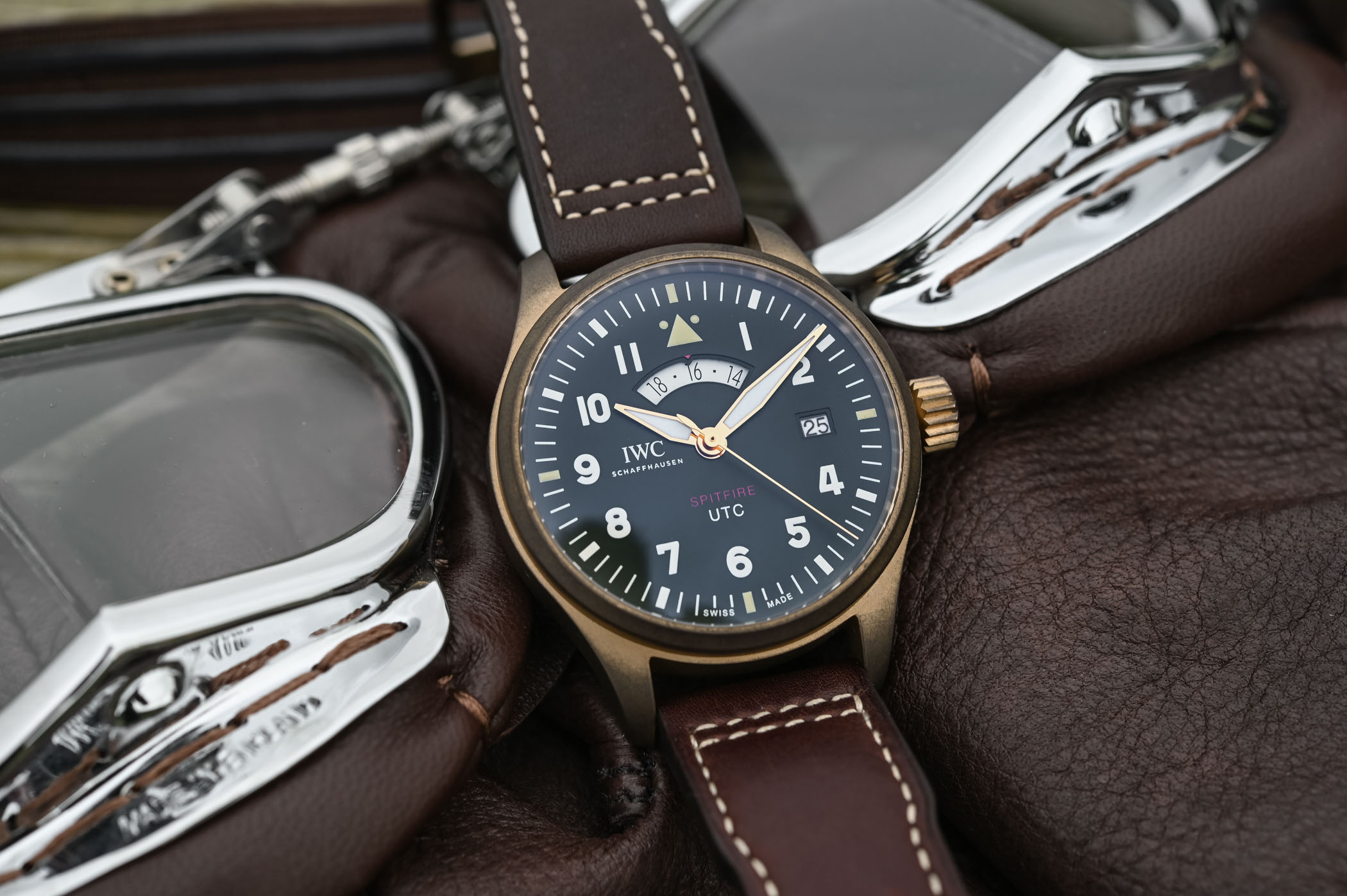
As part of its thematic focus on Pilot’s Watches for the SIHH 2019, IWC resurrects one of its signature complications, a device that was used in the past on pilot’s watches, the UTC for “Universal Time Coordinated” – a watch also known as the TZC for “Time Zone Corrector”. A practical dual-time watch, which is easy to use and fitted with clever features, makes a lot of sense in the context of a pilot’s watch. We are very pleased to see the return of this complication with the IWC Pilot’s Watch UTC Spitfire Edition “MJ271”.
The UTC Watch by IWC
Back in 1998, as part of the prolific Pilot’s Watch collection, IWC launched a new watch named the UTC Pilot’s Watch ref. 3251 (which you can see below). While the design was not surprising – clearly in the vein of the rest of the collection – the complication included in the watch was an interesting development. And don’t be fooled by the simple look of this piece, it is in fact cleverly conceived.

Why the “UTC” name? And why is this watch different from other dual-time pieces? The IWC 3251 allows time to be set according to the UTC or “Universal Time Coordinated”, the official 1972 standard for setting time worldwide that replaced the old GMT standard. The point of this watch was to create something suitable for pilots and travellers, allowing the hour and date to be adjusted in a very simple way, wherever they were on the globe and whatever the itinerary (East or West).
According to the UTC timescale, time changes by minus 1-hour increments when travelling West and by plus 1-hour increments when travelling East, each time a longitude is crossed. Symmetrically placed to the UTC is the International Date Line or IDL, which marks the date change: if you’re crossing it moving East, you go back one day and vice-versa (credits to www.horbiter.com for the explanation).

The main advantage of the IWC 3251 UTC was to be able to adjust home time, local time and the date by manipulating the crown. By pulling the crown completely, the 24-hour disc was set (in the arched window at 12 o’clock) as well as the hours/minutes hands to have your home time. Once you’d reached your destination or having crossing time zones, the crown was extracted to mid-position and, moving it forwards or backwards, used to adjust the main hour hand to the local time (by 1-hour increments). Thanks to a complex series of gears, the watch was also able to display the correct date, in both directions.
The ref. 3251 was, for the rest, a simple watch with an ETA base movement. It was missing from the collection for some time but for the SIHH 2019, this specific display is back, with a few other novelties inside the case.
The comeback of the UTC, with the Pilot’s Watch UTC Spitfire Edition “MJ271”
Basically, the functionalities of the new IWC Pilot’s Watch UTC Spitfire Edition “MJ271” haven’t changed much. It keeps its practical dual-time display and the same method to adjust home time and local time. The crown still moves in 1-hour increments, and both the time and the date can be adjusted forwards and backwards. And the signature arched window at 12 o’clock for home time… well, that’s here too! In short, the UTC watch is back and just how it should be.
So what has changed? Many things in fact, regarding both the mechanics and the style. The first appreciable change regards the design and the colour codes. As part of the 2019 Spitfire collection, this revamped UTC watch relies on the same case material of the Pilot’s Watch Chronograph Spitfire Bronze IW387902 introduced as part of the SIHH 2019 previews. This means a 41mm matte bronze case and titanium caseback along with a relatively thick profile of 14.2mm (mainly due to the UTC module on top of a 3-hand movement).
The dial of the IWC Pilot’s Watch UTC Spitfire Edition “MJ271” is also in the same vein as the Bronze chronograph, with an olive green colour, white numerals and tracks, gold-plated hands and the typical 3-6-9 rectangular indexes and the triangle at 12 o’clock. The colour is rather original and marks a departure from the usual brown seen on previous IWC watches. It remains discreet, and in most light conditions the green colour seems more dark-grey/black than pure green. Complementing the design is a brown calfskin strap.
As usual with IWC pilot’s watches, the case features a glass secured against displacement by drops in air pressure and a soft-iron inner case for protection against magnetic fields. It is water-resistant to 6ATMs/60m.
However, the main update for this revamped UTC isn’t visible. Replacing the old ETA base movement is an in-house calibre developed and assembled by IWC. The calibre 82710 IWC-manufactured calibre has a Pellaton winding with ceramic components enhancing its durability and boasts a power reserve of 60 hours.
The IWC Pilot’s Watch UTC Spitfire Edition “MJ271” reference IW327101 will be limited in production to 271 watches only – even though it is highly possible that a non-limited steel version will follow. The price for this new UTC will be EUR 9,900. More details at iwc.com.

